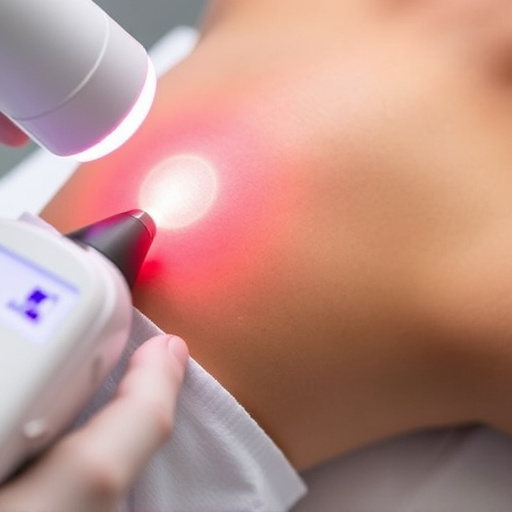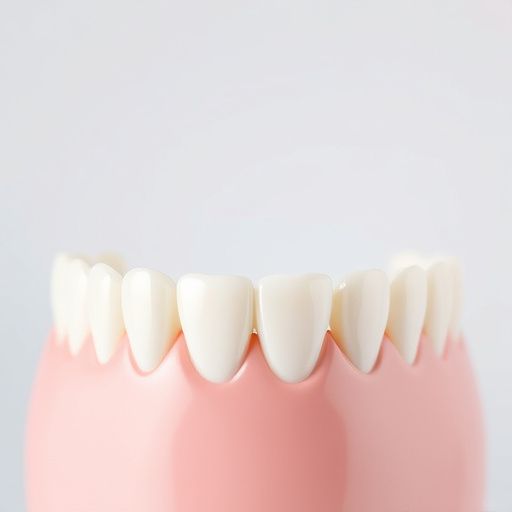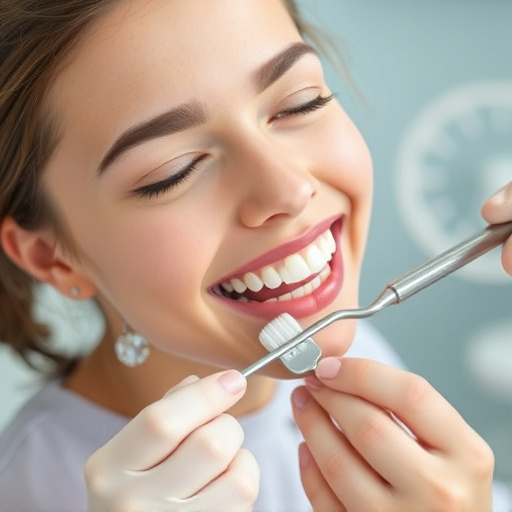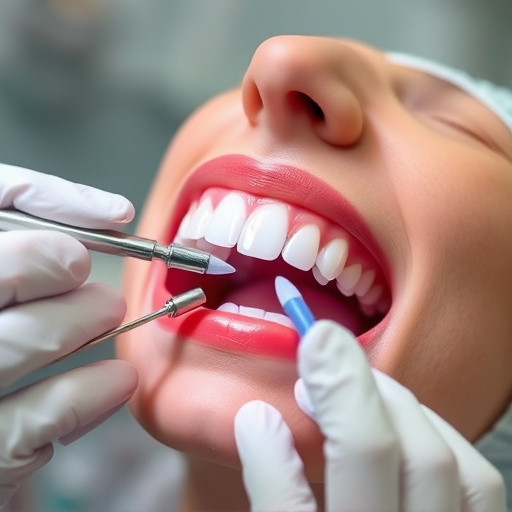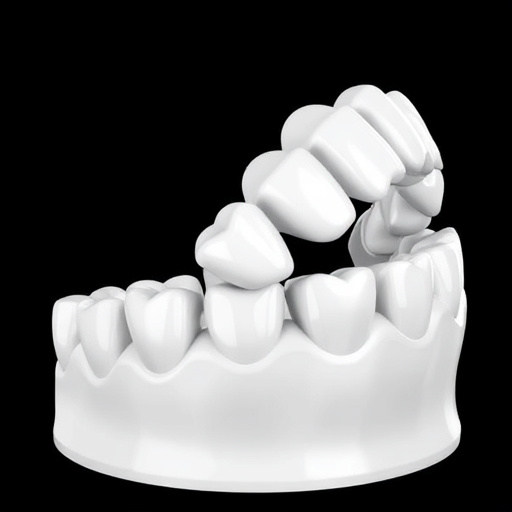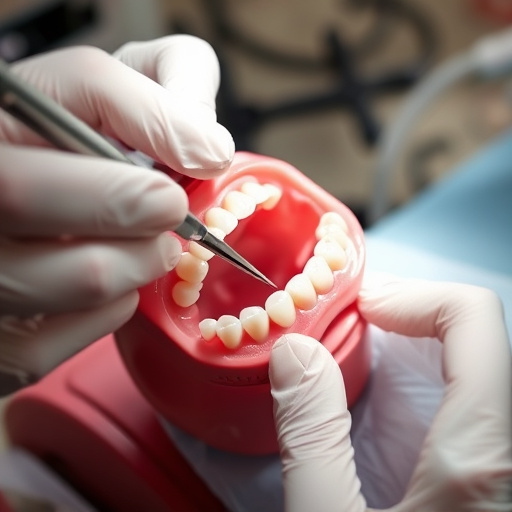Occlusal adjustment, a precision dentistry procedure, aligns teeth for efficient chewing and bite correction. By gently reshaping teeth, it prevents wear, chips, and cracks, improving oral health and saving costs compared to extensive work like fillings or crowns. This non-invasive technique offers aesthetic benefits, relieves dental pain, and reduces jaw disorders, ideal for those seeking an alternative to braces. Regular follow-ups with dentists ensure optimal results, promoting long-term oral well-being and confidence in smile aesthetics.
Occlusal adjustment, the art of gentle tooth shaping, offers a revolutionary approach to oral care. This minimally invasive technique focuses on balancing jaw alignment and bite force, addressing the root cause of many dental issues. By understanding the foundational principles of occlusal adjustment, we can achieve harmonic oral balance. This article delves into the benefits, techniques, and step-by-step guides for optimal results, empowering individuals to take control of their dental health naturally and effectively.
- Understanding Occlusal Adjustment: The Foundation of Gentle Tooth Shaping
- Benefits and Techniques: Achieving Harmonic Oral Balance
- Targeted Tooth Shaping: A Step-by-Step Guide for Optimal Results
Understanding Occlusal Adjustment: The Foundation of Gentle Tooth Shaping
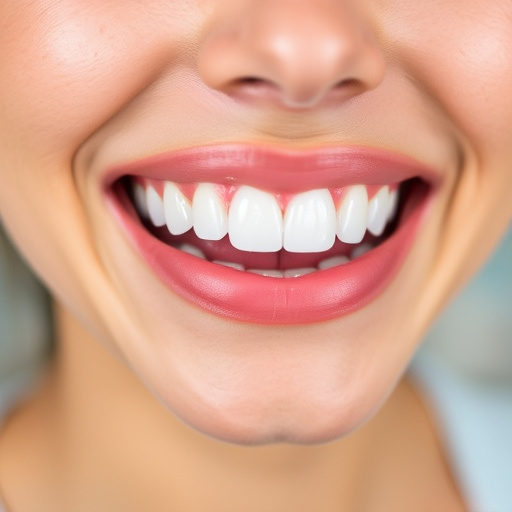
Occlusal adjustment is a fundamental process that aligns your teeth for optimal biting and chewing function, ensuring your jaw joints work harmoniously. It serves as the foundation for gentle, targeted tooth shaping, addressing misalignments that can lead to dental issues like wear, chips, or cracks. This precise technique involves carefully modifying the occlusal surfaces of your teeth—the biting edges—to achieve a balanced bite.
By understanding occlusal adjustment, patients can grasp the importance of maintaining a healthy dental alignment. It’s not just about aesthetics; it prevents long-term problems that may require more extensive procedures, such as cosmetic fillings or even dental crowns. This approach promotes oral health and can save time and money in the dental care journey.
Benefits and Techniques: Achieving Harmonic Oral Balance
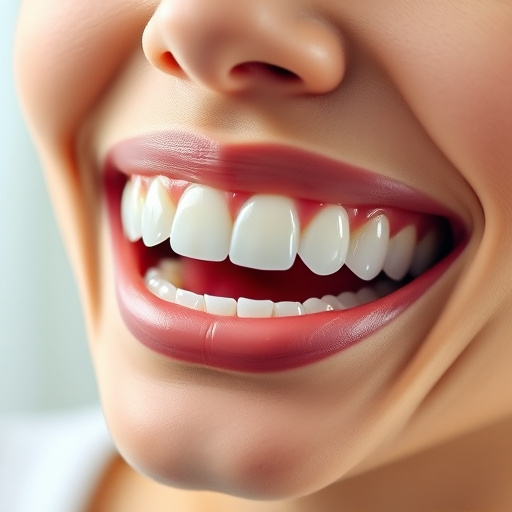
Occlusal adjustment through gentle, targeted tooth shaping offers a multitude of benefits for oral health and aesthetic appeal. By achieving harmonic oral balance, this technique corrects misalignments that can lead to issues like tooth wear, dental pain, and jaw disorders. It involves meticulous manipulation of teeth surfaces, utilizing advanced tools and techniques to reshape them without invasive procedures or anaesthesia.
The process focuses on preserving natural tooth structure while enhancing the overall look and feel of the smile. This approach is particularly beneficial for patients seeking an alternative to traditional braces, aiming for improved bite alignment, reduced overbite or underbite, and a more symmetrical facial profile. Combining occlusal adjustment with regular dental cleanings and cosmetic dentistry procedures like dental implants can further enhance both functionality and aesthetics, contributing to long-lasting oral well-being and increased confidence in one’s smile.
Targeted Tooth Shaping: A Step-by-Step Guide for Optimal Results
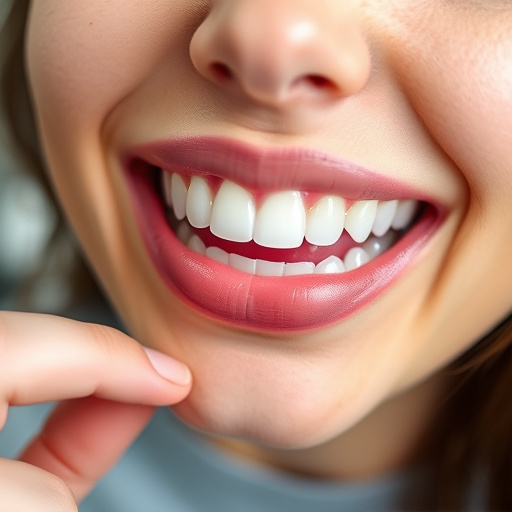
Targeted tooth shaping for occlusal adjustment is a meticulous process that requires precision and expertise. The procedure begins with a comprehensive examination to assess the teeth’s alignment, bite, and overall oral health. Using advanced diagnostic tools like 3D imaging helps identify subtle misalignments not visible during routine oral exams. This initial step ensures that treatment is tailored to the patient’s specific needs.
The process then involves gentle tooth reshaping using specialized tools to modify the occlusal surfaces. Dentists with training in general and family dentistry perform this step with care, focusing on reducing minor irregularities or eliminating small areas of overlap between teeth. This targeted approach not only improves bite functionality but also contributes to long-term oral health by preventing excessive wear and tear. Regular follow-ups during routine dental visits are crucial for monitoring progress and ensuring optimal results from the occlusal adjustment.
Occlusal adjustment through gentle, targeted tooth shaping is a revolutionary approach in dentistry, offering both aesthetic and functional benefits. By understanding the foundational principles outlined in this article, dental professionals can achieve harmonious oral balance while prioritizing patient comfort. The step-by-step guide provided ensures optimal results, making occlusal adjustment a game-changer in modern oral care. Incorporating these techniques into clinical practice can lead to happier, healthier patients and enhanced professional satisfaction.
